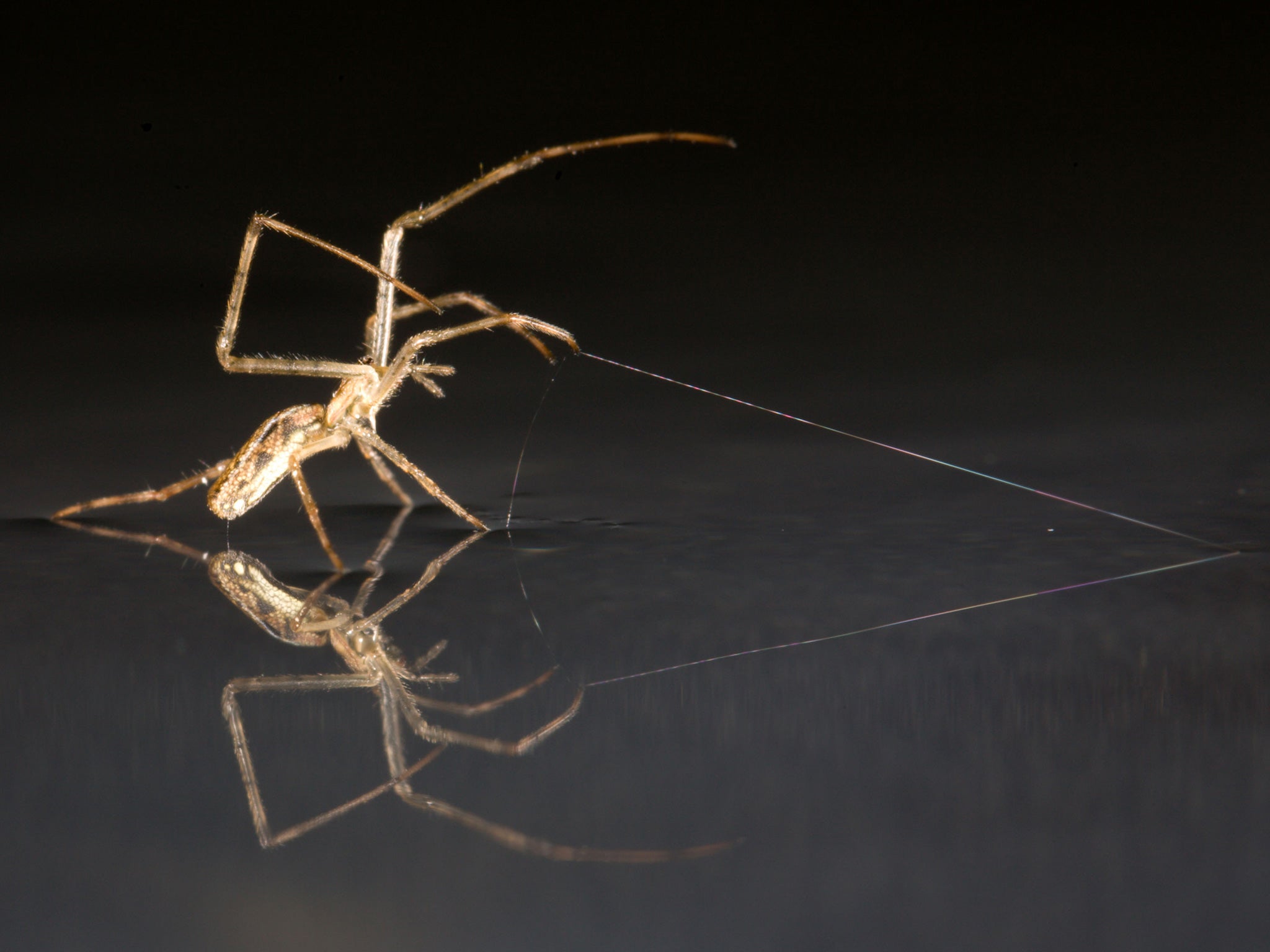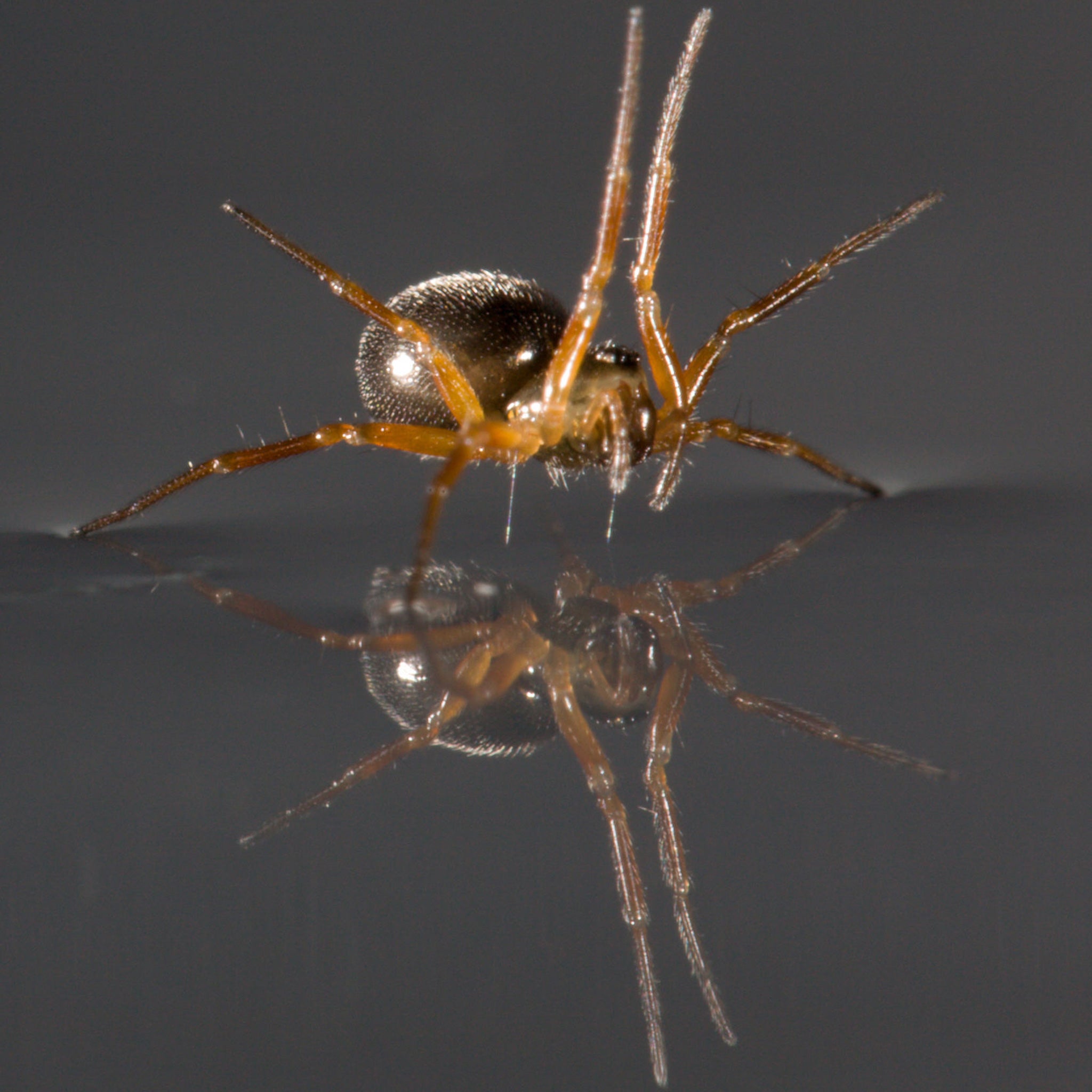Spiders can 'sail across water like ships'
Scientists discovered that sailing arachnids even use their silk as an anchor

Spiders are able to travel across water like ships, using their legs as sails and silk as an anchor.
The arachnids were already known to take to the air on "ballooning" flights, using their silk to catch the wind and carry them up to 30 kilometres (18.6 miles) a day, scientists have discovered.
Now spiders have been shown to be sailors as well as aviators. Tests carried out on trays of water showed that many species adopted elaborate postures, such as lifting a pair of legs, to take advantage of wind currents.

In this way they "sailed" in turbulent, still, fresh and salt water conditions.
Sailing spiders were also observed using their silk as "anchors" to slow themselves down or stop moving across water.
Lead researcher Dr Morito Hayashi, from the Natural History Museum in London, said: "Even Darwin took note of flying spiders that kept dropping on the Beagle miles away from the sea shore. But given that spiders are terrestrial, and that they do not have control over where they will travel when ballooning, how could evolution allow such risky behaviour to be maintained?
"We've now found that spiders actively adopt postures that allow them to use the wind direction to control their journey on water. They even drop silk and stop on the water surface when they want. This ability compensates for the risks of landing on water after the uncontrolled spider flights."
The scientists, whose findings appear in the journal BMC Evolutionary Biology, collected 325 adult spiders belonging to 21 common species from small islands in a number of Nottinghamshire nature reserves.
They found that spiders adopting "ballooning" behaviour for airborne dispersal were also the most eager and able "sailors".
Co-author Dr Sara Goodacre, from the University of Nottingham, said: "Being able to cope with water effectively 'joins the dots' as far as the spider is concerned. It can move from one land mass to another, and potentially across huge spatial scales through the air. If landing on water poses no problem then in a week or two they could be a long way away from where they started."
Press Association
Join our commenting forum
Join thought-provoking conversations, follow other Independent readers and see their replies
Comments